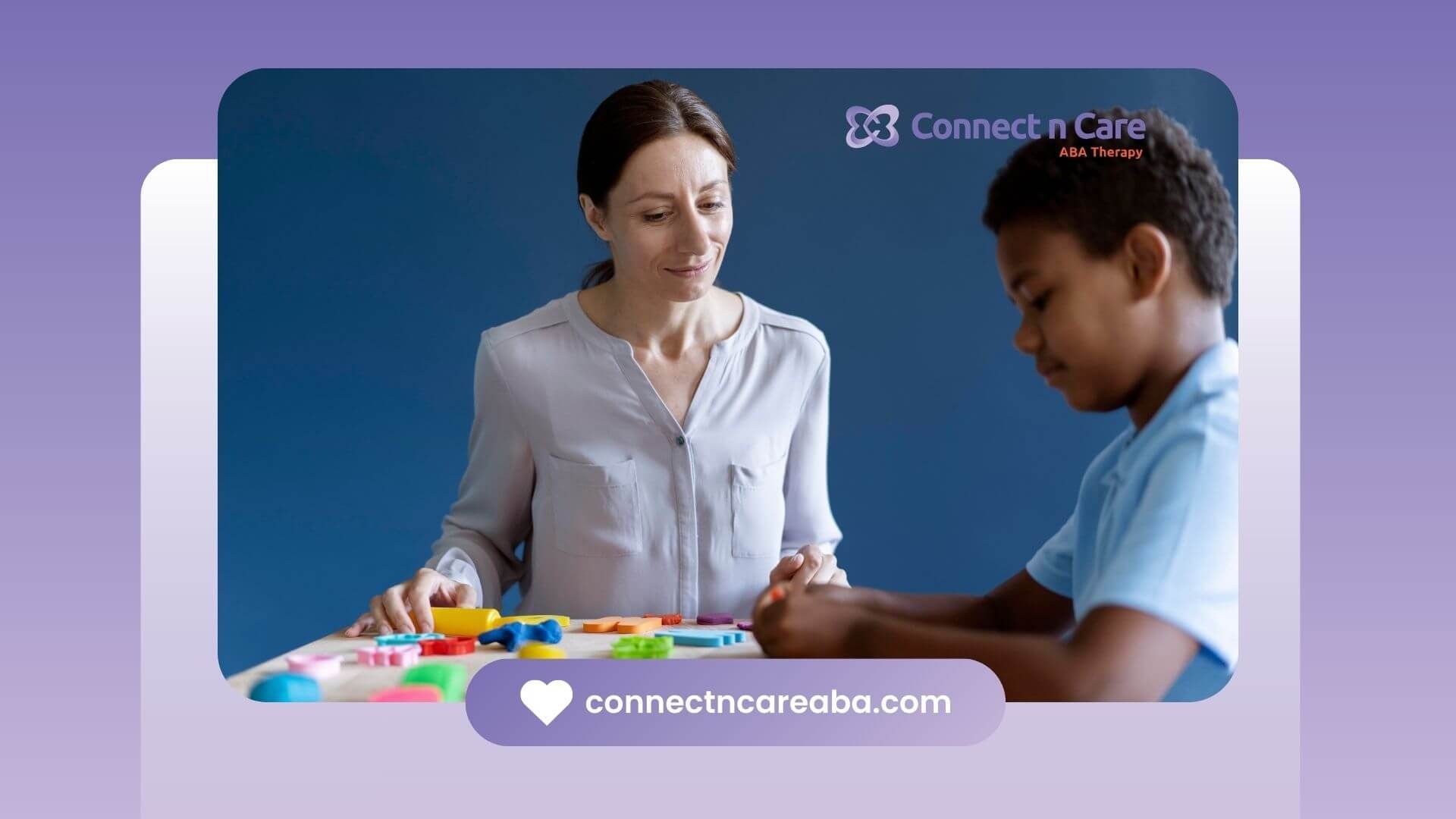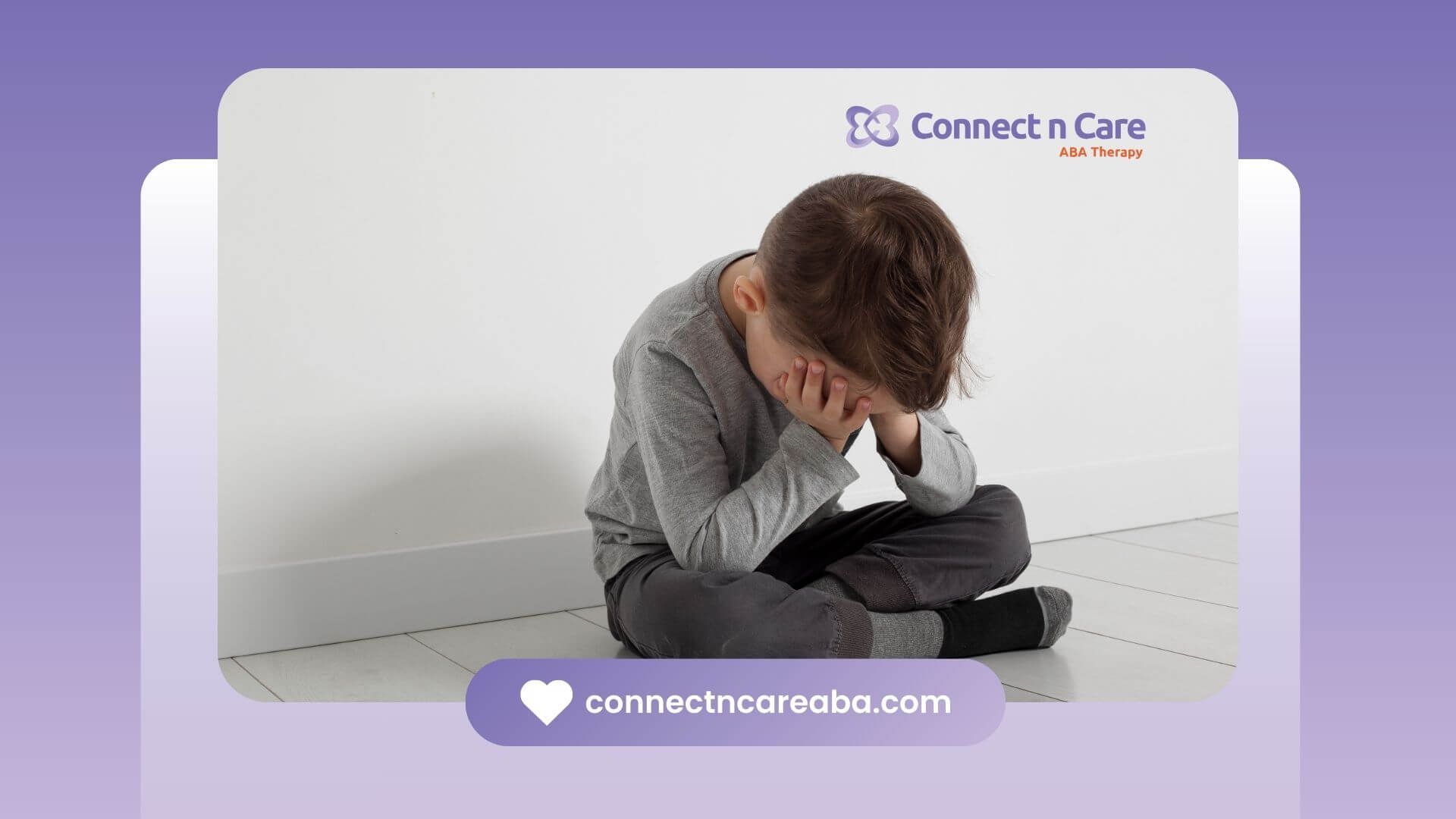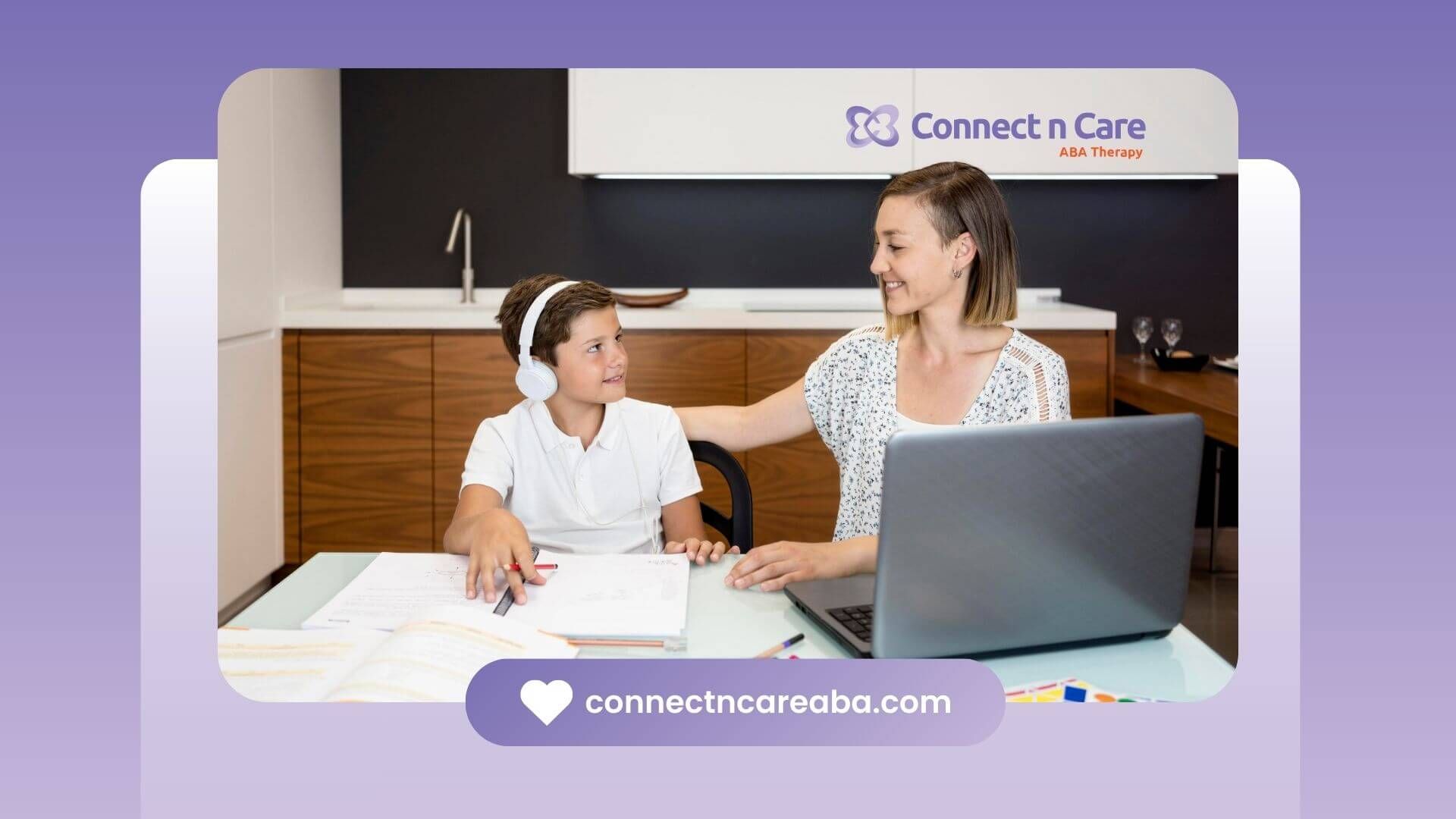No, not all autistic children are nonverbal. Most have some form of speech, though communication styles can vary widely.
What the Data Says
According to Autism Speaks, only about 25–30% of children with autism are nonverbal. This means they may not use spoken words but often communicate through gestures, visuals, or devices.
Others may have speech but struggle with back-and-forth conversation, tone, or social cues. That’s why autism is called a spectrum—each child communicates differently.
A Real-Life Example
One North Carolina parent shared:
“My son didn’t speak until age 4. Now he talks in full sentences. He just needed the right support and time.”
Conclusion
So, are all autistic children nonverbal? No. Many speak. Some use other ways to express themselves. With the right tools, most improve over time. Want help finding the best way your child communicates? Contact Connect n Care ABA in North Carolina—let’s start that journey together.
FAQs
Are all autistic children nonverbal?
No. Only about 25–30% are considered nonverbal, and even they often communicate in other ways.
Can nonverbal autistic children learn to speak?
Yes, with therapy and support, many develop speech or other reliable communication methods.
How can I support my nonverbal child?
Use visuals, sign language, AAC devices, and structured routines. Early ABA and speech therapy help.
What’s the difference between nonverbal and nonspeaking?
Nonverbal means not using spoken language. Nonspeaking may refer to those who can speak but rarely do due to anxiety, processing delays, or preference.









